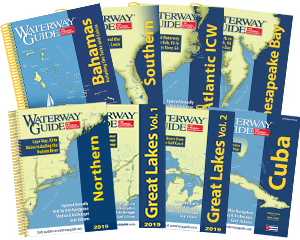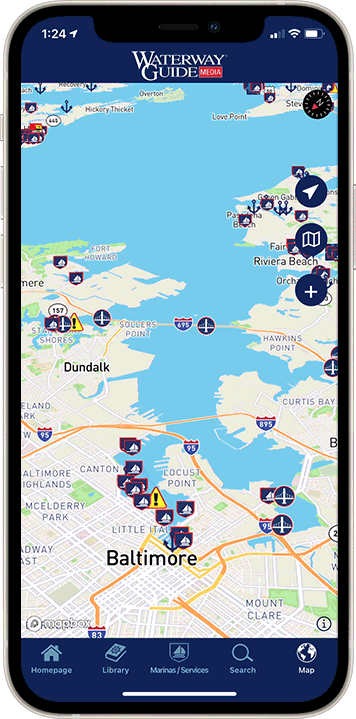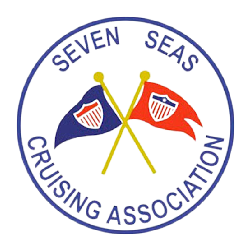You're planning to go cruisin'; ever wondered if you had enough cordage¾rope¾onboard? Granted, the answer depends on where you'll cruise and how long you'll be gone, but keep in mind that when needed any rope won't be of much help if it's left sitting in your garage.

Let's begin with some terms that you may hear when cordage is being discussed:
Line vs. Rope¾Clifford Ashley states in The Ashley Book of Knots, "The word rope is seldom heard on shipboard, where it generally refers to new stuff in unbroken coils". But, he goes on to say, blurring this topic, "rope is also the inclusive term applied to all cordage...."
Rope vs. Small Stuff¾The dividing line between 'rope' and 'small stuff' varies somewhat among authorities, with Clifford Ashley in The Ashley Book of Knots placing small stuff at less than "one inch in circumference".
To Ashley's definition, we like to blend in the definition from Meriam Webster- "small stuff is small rope, usually yarn or marline, identified by the number of threads or yarns it contains, while 'rope' is large stout cord of strands of fiber or wire twisted or braided together".
Then, there are some terms that when used can put a very 'salty' spin on your language: put in, make up, clap on, make fast, belay, slack away, take a turn or cast off. These are just a few of the many terms applicable to putting rope to work. There is also that often used, but not recommended technique that some find invaluable: "if you cannot tie a knot, tie a lot".
On our boat we don't worry too much about 'proper' terminology as long as the point gets across and the job gets done. However, we do admit that sometimes one of us will chuckle, shake our head, or roll our eyes over what the other says.
For comparison purposes, below is a list of cordage that we carry onboard, tempered with the fact that we've been cruising full-time since 1997 and are seldom found in marinas, preferring to anchor.
We carry plenty of 'small stuff'¾one pound spools each of nylon twine in sizes #4, #9, #21, and #36, plus, 100 feet each of 3/16" and 1/4" nylon three-stand, and some 3/16" polypropylene.
The #4 and #9 twine, among other uses, come in handy for whipping or sewing, while #36 works well as service for our rigging and markings our fiber rodes, and the 3/16" polypropylene is used for marking our chain rodes. You can see how these last two are used at: https://www.trawlertrainingabc.com.

Once outfitted with all of the cordage that our boat requires, including a minimum of 200 feet of rode for each of our five anchors, we stow away an additional 100 feet each of 5/16", 3/8" and 1/2" three-strand or eight-plait nylon, as well as several hundred feet of rope of a size which can be called into use as rodes, snubbers, or dock lines, which in our case are 7/8" three-strand or eight-plait nylon.
For our hurricane anchor, a Luke 100 pound, three-piece, take-apart fisherman anchor we carry 200+ feet of 1-3/16 inch three-strand or eight-plait nylon.
For those with the desire or need for other types or amounts of cordage, definitely add it to your list, but don't forget to get some extra for the spares bin.
Having this complement of 'rope' onboard makes life easier as it's available when the need arises, replenished as needed. Our philosophy is that we'd rather have it and not use it, than to need it and not have it.
Bio¾ Rudy and Jill Sechez have been cruising and living onboard, first on a 37' wood sailboat, which they built in their backyard, then on Briney Bug, a 34' sail-assisted wood trawler which they designed and built. They are authors of the book, "ANCHORING- A Ground Tackler's Apprentice", as well as being speakers on the topics of Anchoring, Cruising Simply and Frugally, and Tips for Navigating the ICW.












